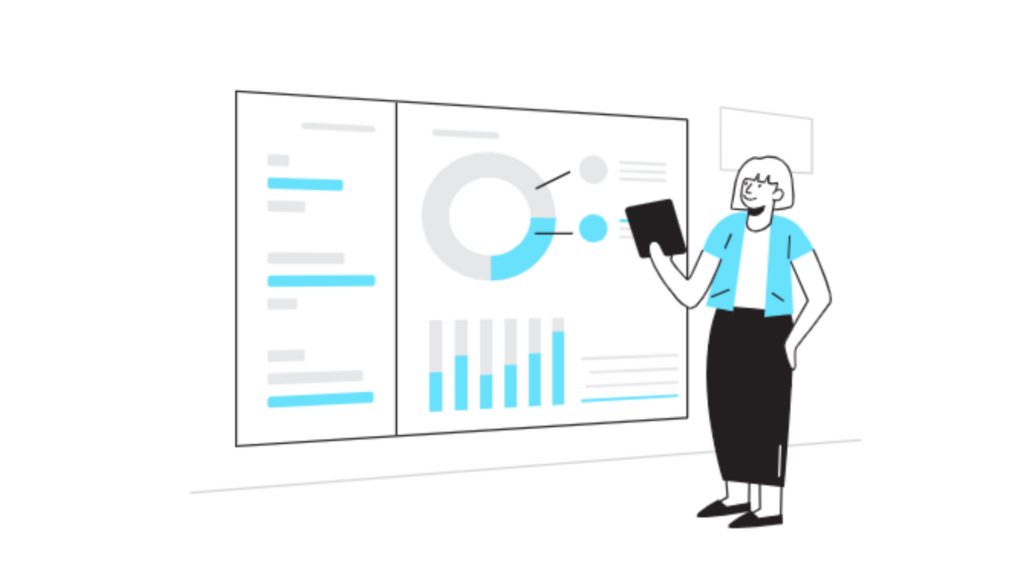Tunepocket Tags: All You Need to Know About Finding the Perfect Audio

When managing a large library of audio files, Tunepocket tags become invaluable. These tags help users categorize, search, and filter tracks quickly, whether for video production, podcasting, or marketing. In this article, we’ll dive into how to maximize the use of Tunepocket tags, explore best practices, common pitfalls to avoid, and provide actionable steps for enhancing your audio library’s searchability.
What Are Tunepocket Tags?
At their core, Tunepocket tags act like labels, helping organize and identify tracks based on keywords, themes, moods, and uses. Whether you’re looking for upbeat music, calm soundscapes, or intense sound effects, these tags make it possible to pull up the right sound instantly, saving time and improving workflow. They can include everything from genre (like “jazz” or “classical”) to mood (such as “happy” or “tense”) and even intended use (like “corporate” or “wedding”).
Why Tags Are Essential for Tunepocket Users
- Efficient Search: Tags allow for quick searches, letting you locate specific tracks without needing to scroll through countless files.
- Enhanced Organization: Tags help keep your library organized, especially when dealing with large volumes of audio.
- Improved User Experience: With precise tags, you can improve the discoverability of tracks, making it easier for collaborators or clients to find the right audio.
For more tips on organizing digital assets, check out our guide to digital asset management.
Types of Tags You Can Use on Tunepocket
To get the most out of Tunepocket tags, it’s helpful to understand the various types of tags that can be applied to audio files:
- Genre Tags: These tags categorize music by genre, such as “rock,” “ambient,” or “classical.”
- Mood Tags: Mood-based tags like “uplifting,” “melancholy,” or “exciting” help convey the emotional tone of a track.
- Usage Tags: Use tags to specify contexts like “wedding,” “corporate video,” or “game soundtrack.”
- Tempo Tags: Tags like “fast,” “slow,” or “mid-tempo” help sort audio based on speed, which can be essential for syncing with video.
How to Use Tunepocket Tags Effectively
Maximizing the efficiency of Tunepocket tags requires understanding and applying the tags strategically. Here are some ways to get started:
1. Standardize Your Tagging System
A standardized tagging system helps keep your audio files consistent and easily accessible. For example, if you use the tag “motivational” for upbeat music, always use this tag consistently across similar tracks to maintain clarity.
- Tip: Create a list of go-to tags before starting and add to it as your library grows.
- Avoid: Using synonyms interchangeably, like “motivational” and “inspiring,” which can create confusion when searching.
2. Use Descriptive and Specific Tags
Descriptive tags allow for more precise searches. While “happy” is a good mood tag, “playful” might be even better for certain upbeat tracks. Think about how the track feels and the specific mood it conveys.
For more on optimizing digital tags, check out our article on content marketing formats.
3. Avoid Over-Tagging and Keep It Relevant
It’s easy to add a lot of tags, but too many can dilute their effectiveness. Only add tags that truly represent the track’s core attributes. For example, tagging a calm background track with both “corporate” and “meditation” could cause confusion if it doesn’t clearly fit both categories.
Common Mistakes in Using Tunepocket Tags
When it comes to tags, there are some common mistakes users make that can limit the effectiveness of their searches.
- Too Many Similar Tags: Using multiple tags with slight differences (e.g., “joyful,” “happy,” and “glad”) can lead to redundancy.
- Tagging Based on Personal Interpretation: While music is subjective, tags should reflect universal themes, genres, or moods.
- Skipping Tag Updates: Over time, audio needs may change. Regularly update tags to keep your library relevant.
To dive deeper into effective tagging, you might enjoy this article on content marketing strategies.
Best Practices for Using Tunepocket Tags
Here’s a quick checklist to make the most out of your Tunepocket tags:
- Consistency Is Key: Always use the same tag for similar types of audio. This prevents confusion and makes searching easier.
- Focus on Popular Tags: Utilize tags that others are likely to search for. Common tags include moods like “happy,” “sad,” and themes like “nature” or “urban.”
- Review Regularly: Periodically review and adjust your tags as your audio library expands to maintain accuracy and relevance.
- Limit Tags to Three or Four: Avoid the urge to add too many tags. Sticking to a handful keeps searches clean and results more accurate.
These practices will not only improve the efficiency of your searches but also enhance the overall user experience when sharing or collaborating with others on projects.
Comparing Tunepocket Tags with Other Tagging Systems
Tagging isn’t unique to Tunepocket. Platforms like YouTube and SoundCloud also utilize tags, but there are some differences. Here’s a comparison to give you a better perspective:
| Feature | Tunepocket Tags | YouTube Tags | SoundCloud Tags |
|---|---|---|---|
| Organization Type | Library-based | Content search optimization | Content discovery |
| Focus | Specific to audio use | Broad keyword search | Genre and mood-oriented |
| Tag Quantity | Limited to essential tags | High volume, broad application | Selective, mood-heavy |
| User Experience | Enhanced for professional use | General public, optimized for SEO | Music-focused, genre-driven |
For those interested in boosting searchability across different platforms, you can explore this guide on video marketing for more insights.
Myth-Busting: Do Tags Really Matter?
Myth 1: “Tags are just for SEO.”
Reality: While SEO is an important aspect, tags are also about enhancing user experience and making content easier to find within a library.
Myth 2: “More tags mean better search results.”
Reality: Too many tags can overwhelm and complicate searches. Quality over quantity always prevails in tagging.
Myth 3: “Tags aren’t necessary for organized libraries.”
Reality: Tags remain essential for organization, especially for users with large libraries or shared libraries across teams.
For those who want to explore more on simplifying content management, consider our article on writing outreach emails effectively.
Future Trends for Tunepocket Tags
The future of tagging may evolve with artificial intelligence and machine learning, allowing platforms like Tunepocket to automatically suggest or generate tags based on the content’s audio profile.
- Automated Tagging: AI-powered tools could automatically generate tags based on audio analysis, streamlining the tagging process.
- Tagging for VR and AR: As virtual and augmented reality content grows, expect tags to adapt to new formats, creating immersive experiences by matching music to the user’s environment.
- Enhanced Mood Detection: Improved AI algorithms may soon detect subtle mood shifts within a track, enabling precise tagging based on different segments.
These trends could revolutionize how audio libraries are organized and accessed. For insights on trends in content management, read more on building marketing capabilities.
Conclusion: Making the Most of Tunepocket Tags
Understanding and utilizing Tunepocket tags can greatly simplify the process of organizing, searching, and selecting audio content for projects. By employing best practices, avoiding common mistakes, and staying updated on trends, users can maximize the benefits of Tunepocket’s tagging system. Whether you’re managing audio for personal projects or a large team, tagging serves as the backbone of an organized, accessible audio library.
Keep these tips in mind, and your experience with Tunepocket tags will not only enhance your search efficiency but also empower your creativity, helping you find the perfect track for every project.


